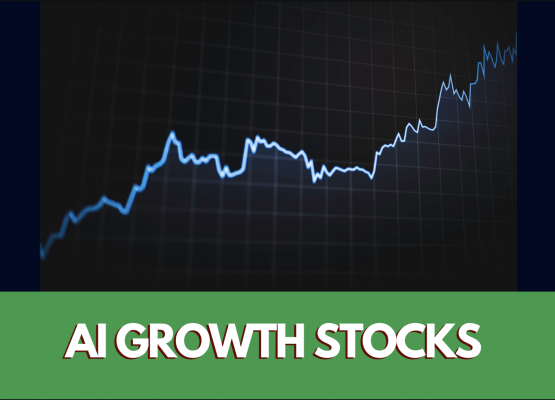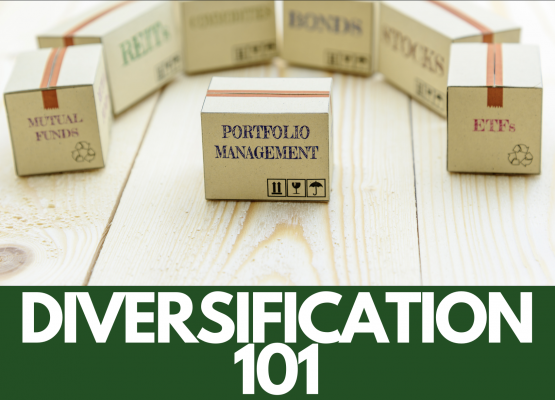Investing in the stock market can be an exciting venture, but for a novice, it can seem like a labyrinth of numbers, ratios, and terminology. One of these crucial metrics is the Price to Earnings ratio, commonly referred to as the P/E ratio. It’s a crucial tool in assessing a company’s current standing and future potential.
The P/E ratio is a simple ratio that is calculated by dividing the current market price of a single share of a company’s stock by its earnings per share (EPS). In mathematical terms, it looks like this: P/E Ratio = Market Value per Share / Earnings per Share (EPS).
So, why is this ratio important? Essentially, the P/E ratio gives investors a quick snapshot of a company’s profitability relative to its stock price. This ratio is used extensively in comparative analysis among different companies within the same industry or sector. It helps investors decide whether a stock is overvalued or undervalued.
Consider this example. Imagine a hypothetical company, AlphaTech, which operates in the tech industry. Let’s say that AlphaTech’s current market price per share is $50, and the earnings per share for the most recent 12-month period is $5. This gives AlphaTech a P/E ratio of 10 ($50/$5).
Now, what does this number mean? At a basic level, a P/E ratio of 10 means that, as an investor, you’re willing to pay $10 for every $1 of AlphaTech’s earnings. In other words, if AlphaTech’s earnings remain constant and you held the stock indefinitely, it would take ten years for you to recoup your investment through the company’s earnings.
The P/E ratio provides insight into the market’s expectations about a company’s future earnings growth. A high P/E ratio could suggest that the market expects high earnings growth in the future. Alternatively, it could mean the stock is overvalued. Conversely, a low P/E ratio might indicate low growth expectations or that the stock is undervalued.
It’s crucial to remember that the P/E ratio should not be used in isolation. It’s best utilized in conjunction with other metrics, and it should be compared to the P/E ratios of other companies in the same industry.
Continuing with our example, suppose BetaTech, a company in the same industry, has a P/E ratio of 20. This could suggest several things. If AlphaTech and BetaTech are similar in most respects, then BetaTech might be overvalued, or perhaps investors are expecting BetaTech to grow its earnings at a faster rate than AlphaTech.
On the other hand, if BetaTech has unique strengths—such as a superior product or a more robust business model—it might justify the higher P/E ratio. Alternatively, AlphaTech may have been overlooked by the market, representing an investment opportunity.
P/E ratios also come in different flavors: the ‘trailing’ P/E ratio is based on past earnings, while the ‘forward’ or ‘projected’ P/E ratio is based on anticipated future earnings. Both provide valuable insights but have their limitations. The trailing P/E uses concrete data but might not reflect the company’s future prospects. The forward P/E relies on earnings forecasts, which might not always be accurate.
Understanding the P/E ratio and its implications can help you make more informed investment decisions. However, like any financial tool, it’s not infallible. Other factors—like a company’s balance sheet, cash flow, industry conditions, and broader economic factors—should also be considered.
In conclusion, the P/E ratio is a valuable tool in your investment toolkit. It can help you gauge the relative value of stocks and understand market expectations for a company’s future earnings. Just remember, it’s only one of many metrics that can guide your investment decisions. As you venture further into the world of investing, be sure to broaden your horizons and deepen your understanding of other financial ratios and indicators.




